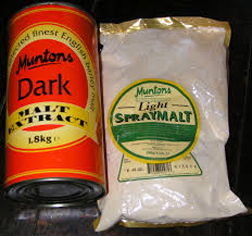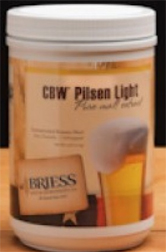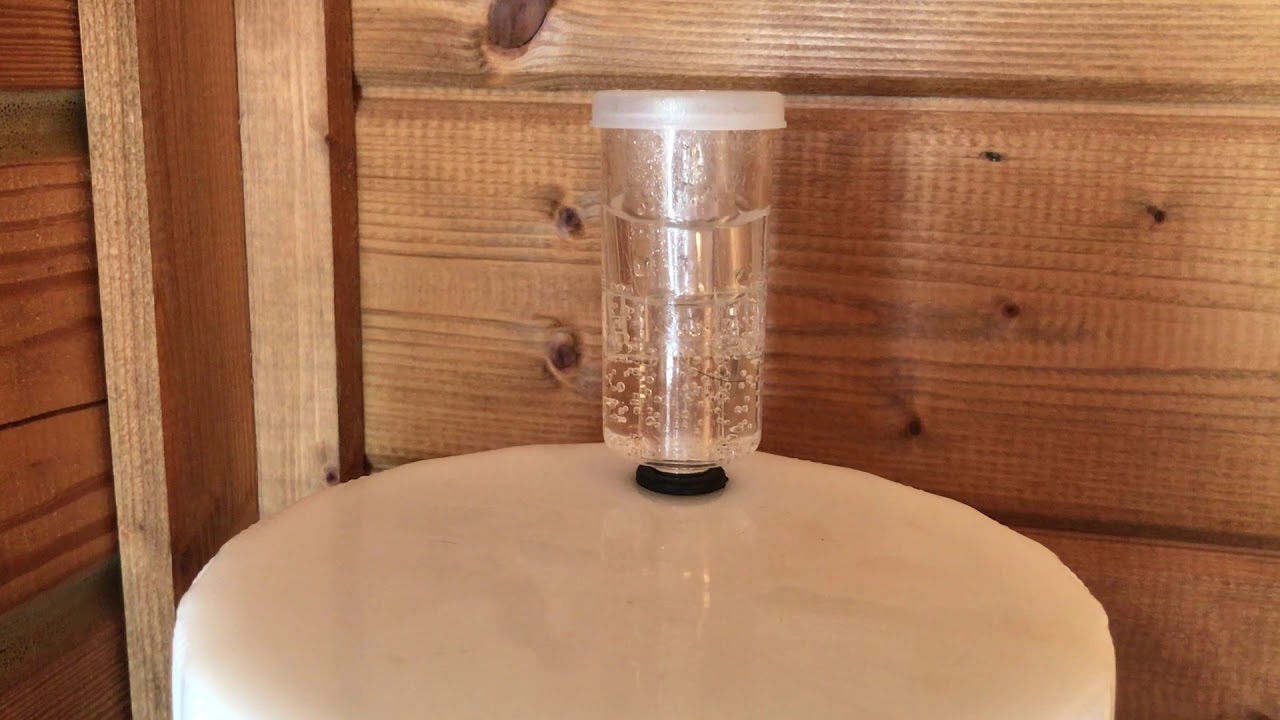If you have not read the information in the Malting Process article, follow this link, (Malting Process) to open a new page in your browser to understand the processes involved. When done, close the new window and come back here to follow the discussion on Extract Malts.

Contents
What is Malt Extract?
With the completion of the malting process, additional processing can be done to produce liquid or dry malt extracts. Any malted grain can be used to produce malt extracts. However, the term, “malt extract” always refers to an extract produced from malted barley. If an extract from wheat (for example), it must be labeled as “malted wheat extract” or “extract of malted wheat”. Any other grain used to make extract malts, other than barley, must be labeled accordingly.
Class of Malt Extracts
Standard Malt Extracts
After mash process is complete, the sweet wort is not fermented into beer. Instead, it is concentrated into Liquid Malt Extract (LME) with a honey consistency or is dried to make a powder, known as Dry Malt Extract (DME).
There are many varieties of standard malt extracts that will vary from one manufacturer to another, found in any homebrew shop or online. Here are a few of them, the label may change, one company may call an adjective like “Ultra” and another “Extra”. Read their descriptions to see if you will get what you want to use in your recipe. Especially check the gravity points (gravity potential) per pound per gallon. Gravity points values for LME will range from 35-38 and DME a lighter higher at 40-45. Knowing the extract malt gravity potential is imperative to when designing recipes.
-

Pilsen LME Extra light/Pilsen: The palest extract available, Pilsen extract is perfect for light lagers, Kölsch, and Belgian golden ales. Some brewers use pilsner extract exclusively and obtain color and flavor from specialty grains or a mini-mash.
- Pale/gold: A good all-purpose extract for most American styles, this is usually made from a blend of pale and crystal malts. Pale malt extract is an excellent choice on its own for pale ales, IPAs, or as a base for red ales, porters, and stouts.
- Amber: Amber extract is similar to pale extract, but made with additional crystal malts and may include highly kilned malts as well. The extra-malty flavor of this extract makes it suitable for any beer that showcases robust malt character. Think amber ale, brown ale, mild ale, and wee heavy.
- Dark: Dark extract usually includes a healthy dose of black malt. Its assertive flavor makes it an excellent choice for porter and stout. In smaller amounts, it can contribute maltiness and color when blended with other extracts.
- Wheat: This extract, almost always made from about 60-70 percent wheat, with barley making up the balance. Use wheat extract for Hefeweizen, Wit, Saison, and as part of the foundation for Dunkelweizen and Weizenbock.
Specialty and Black Malt Extracts
Any extract malts that are produced by using specialty and black malts. Will impart the same corresponding range of flavors, aromas, flavor intensities and colors to dark Stouts and Porters. And any other beer style recipe, such as; Oktoberfests, Strong Scotch Ale, and many more styles.
- Maris Otter: Extract made from Maris Otter barley grown in the UK that has a richer nutty, bready quality than standard North American pale malt. This extract is perfect for British ales, such as; Bitters and Pale Ales.
- Munich: A high percentage of Munich malt, contained in this Munich extract. Munich malt is a highly kilned malt found in many German beers.
Do want authenticity in your German style beers? Styles like Oktoberfest and Bock, then use Munich extract, Many brewers use a small percentage in their American ale recipes to enhance the depth of flavor of this style. - Rye: Here is an extract malt that will give you a spicy flavor and unique mouthfeel to your rye stouts, Roggenbier, and American rye ales, and Rye. Rye extract is a blend of rye and barley.
- Rauch: Enjoy smoked beer like Rauchbier and smoked porter, then add this hard to find extract
- Sorghum: Enjoy beer, but due to a gluten-free diet, drinking beer is out of the question. Then brew with this gluten-free extract that has the necessary fermentable sugars to brew successfully.
When using extracts to designing recipes, be sure to note the gravity potential of your selected extract, expressed in gravity points per pound per gallon. Typical values are 35-38 for liquid extract and 40-45 for dry extract.
Production Processes
- Milling or grinding the malt or grain.
- The mashing process is the same as Brewers complete in their brew houses.
- Mix water with the crushed malt or grain
- Raise the temperature to dissolve sugars, starches and enzymes
- Conversion – The enzymes become active and convert soluble starches to sugars. (Wort)
- Separation – Spent grains will separate from the sweet liquid (Wort).
- Boiling – The “wort”, is transferred to the brew kettle.
- Clarification – A whirlpool tank creates a cyclone action to drop out any solid material.
- Chilling – Cool the wort to approximately 70 degrees F.
- Storage – After cooling the wort it is transferred to a storage tank.
- Evaporation – Clarified wort with (14% solids content) continuously fed into an evaporator. Here the wort is concentrated to 80% by boiling off the liquid. This concentrated wort has the consistency of honey. Wort will boil at lower temperatures of 60 to 100 degree F, plus save time and energy, the evaporator is under vacuum. Another advantage of evaporating the wort under vacuum is to prevent flavor and color degradation of the concentrated wort.
- Packaging – Either as a liquid (LME) or dry powder (DME).
Extract malts are used by as a primary source of the malt for creating beer by many home brewers because brewing with extract malts saves them time, about two hours. Brewing with extract malt is not easy because awful home-brewed beers get created with extracts. However, there are many award winning beers brewed with extracts. The all-grain brewer will spend up to two hours getting to the same place as the extract brewer is with sweet wort in the boil kettle. Plus, clean-up takes less time, just not as much equipment to get cleaned.
Additional articles about Malts: (Malts) (Base malts) (Specialty malts)

